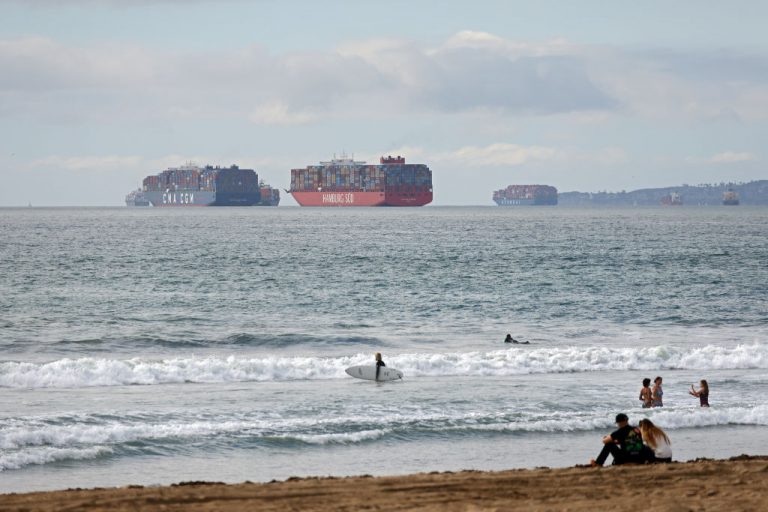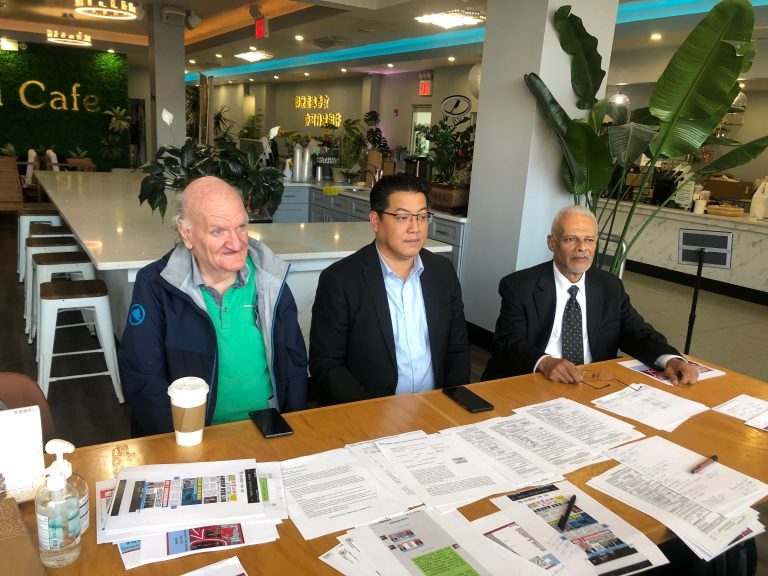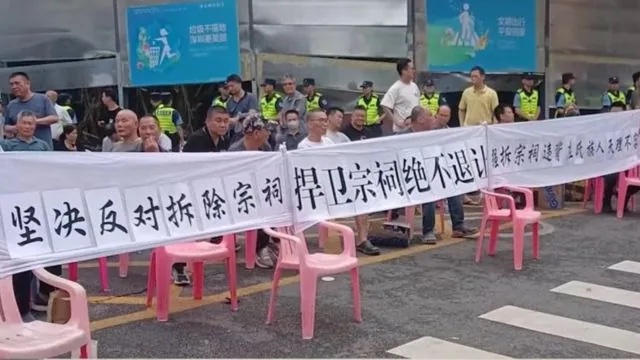The twin ports of Los Angeles and Long Beach in California have been experiencing record backlogs over the past few months. They are still overwhelmed by the number of ships waiting to unload this month.
As of Dec. 6, 123 huge transatlantic ships were waiting to offload their cargo at two of California’s busiest ports, accounting for 40 percent of goods entering the United States by sea. Out of these 123 ships, 62 were container vessels; 27 of these vessels were docked; 35 were anchored or were lingering.
The data revealed that many of these ships have been stranded in the Pacific Ocean since October. Hundreds of sailors are uncertain about when they will make it to dry land.
In the middle of November, there was a significant drop in the number of vessels at the two ports. On Nov. 16, the number of ships in San Pedro Bay stood at 86. On Nov. 22, there were just 60 ships, a 30 percent decrease.
This drop in the number of ships arose from a new policy implemented recently by the shipping trade groups, which deceptively lowered the number of ships at port. The policy persuaded incoming ships to wait out in the open ocean instead of at backed-up ports.
Success
You are now signed up for our newsletter
Success
Check your email to complete sign up
Ships that were within 40 miles of the adjoining ports of Los Angeles and Long Beach were usually counted as being “at port.” But on Nov. 16, the Marine Exchange of Southern California, an organization that tracks ship arrivals at the two ports, laid out a new queueing system that allows ships to reserve a spot to pull into berths prior to entering the 40-mile zone.
The change in policy proposed vessels that were crossing over the Pacific would loiter 150 miles from the port rather than the 40 miles previously stipulated. It was implemented with the intention of protecting the neighborhoods near the port from being affected by pollution.
After the new system was announced, ships that anchored outside the 40-mile zone were not counted. Statements from port officials seemed to comfortably overlook the fact that there were several ships waiting dozens of miles offshore due to the port’s new policy.
The logjam of ships waiting to berth will possibly lead to increased inflation and worsen the supply chain bottlenecks. Shipping costs for certain consumer products have risen by 10 percent, according to a United Nations report. This is likely to affect the prices of gift items this holiday season.
Breitbart News reported that prices of toys, televisions, computers, and clothing could be 17 percent higher than last year. With U.S. ports experiencing a shortage of manpower, truck drivers are bearing the brunt as it is taking nearly eight hours to access the shipment at the ports. This leads to decreased productivity and earnings for the drivers who are mostly first-generation immigrants and face a host of employment challenges.
Critics believe Joe Biden’s policies are to blame for the supply chain crisis. However, Washington has reacted by launching an investigation into several businesses. Those under surveillance include some of the world’s largest like Amazon, Procter & Gamble, Kroger, Kraft Heinz, and Walmart. From Dec. 1, businesses have 45 days to cooperate with the inquiry.















